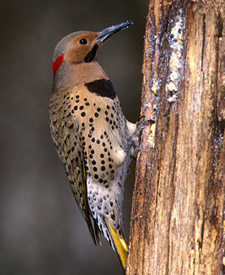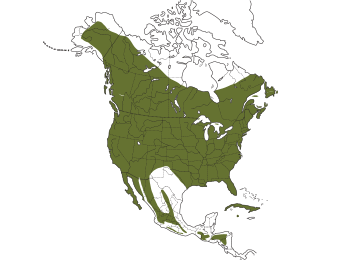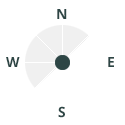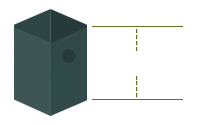Northern Flicker
Nest box Plan and Information
Select another species:

Construction difficulty:
moderate
Download Nest Box Plan
Species in decline
This species is in decline in certain regions. You can put up a nest box to help if you live in the right region and habitat.
- Declining
- Not declining
Nesting Habitat
- Grassland
- Open Woodland
- Town
Attach Nest Box To
- Dead Tree
- Live tree
- Pole
- Post
Known Nesting Period
Not Nesting
Some Nesting Occurrence
Nesting in Most of Range
JAN
FEB
MAR
APR
MAY
JUN
JUL
AUG
SEP
OCT
NOV
DEC
Nest Box Placement
Nest Height:
6ft
12ft
6–12 feet
Minimum Spacing:
330 feet
Facing:
South or East
Helpful Tips
- Use 1 1/2"-thick boards for nest boxes.
- Cut 1/4"-deep parallel kerfs on the inside walls to assist the nestlings in climbing out. The cuts should form a shallow "ladder" with "rungs" spaced every 1/2" from floor to hole.
- Completely pack the box to the top with white pine wood chips. Replace with fresh wood chips every year by April 1.
- Mount the box so that it is angled slightly forward to help the chicks climb out.
- Place the box in a shady area, near sparsely scattered trees, with an open flyway.
- To prevent squirrels from using the box, place the box on a pole equipped with a baffle at least 10' from the nearest tree (the distance most squirrels will jump).
- European Starlings can usurp cavities occupied by flickers even when additional nest boxes are offered nearby. Therefore, management of European Starlings may be necessary for flickers to be successful in some areas.
- Because flickers forage primarily on the ground, avoid treating lawns with any chemicals.
 Source:
Source: 


